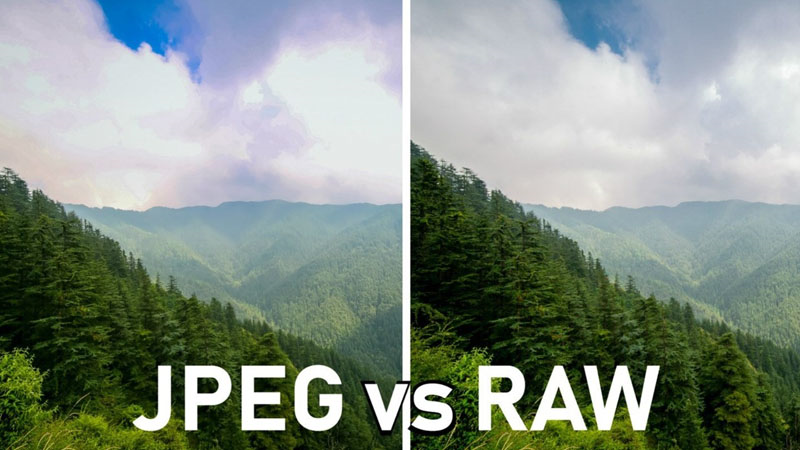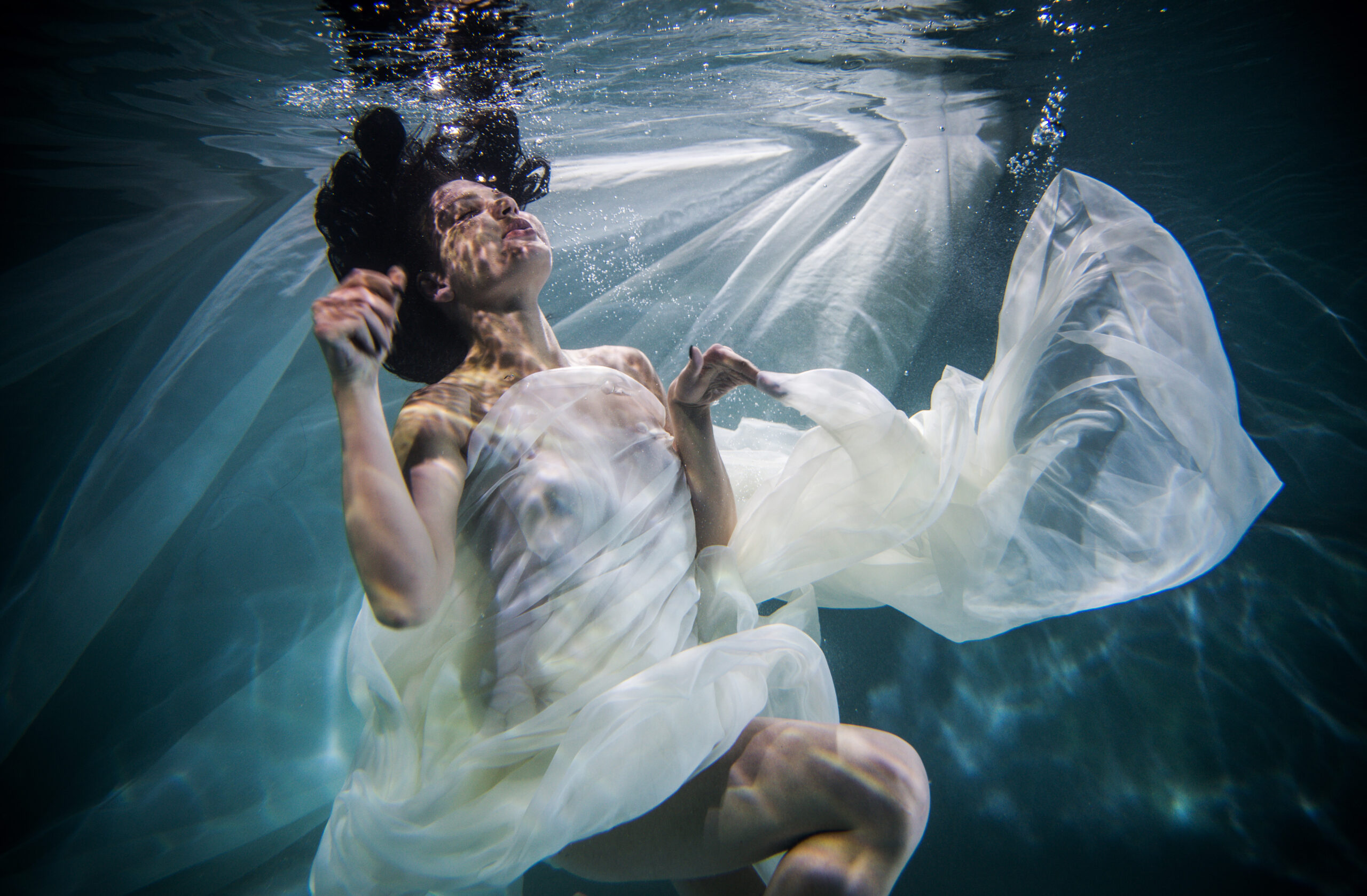When it comes to underwater photography, there’s a recurring debate about whether to shoot in RAW or JPEG. This debate isn’t limited to underwater photography. It spans all photography. Many photographers consider RAW the gold standard. Industry magazines, forums, and online discussions often emphasize this. If you’re curious about the best format for your underwater photos, think about these factors. For instance:
These are crucial questions to ask yourself before choosing between RAW and JPEG. Let’s explore the pros and cons of both formats. Then, we’ll see which is best for your underwater photography needs.
JPEG Format: The Convenient Option
Users know JPEG files for their ease of use and convenience. When you capture an image in JPEG format, your camera processes the image and saves it to your memory card. This results in a smaller, compressed file, ideal for quick sharing or storage. JPEG is a “lossy” format. It reduces file size by discarding some original image data.
This compression, while helpful in saving space, comes with certain limitations. For instance, JPEG files sacrifice image quality in favor of smaller file sizes. This means you lose details like color, sharpness, and depth. Shooting in JPEG means the camera’s settings affect the output. Once saved, it’s hard to make major changes without losing quality.
RAW Format: The Professional’s Choice
RAW files, but, are the “digital negatives” of the photography world. They keep all the image data from the camera. This lets you make big adjustments in post-processing without degrading the image. Unlike JPEG, RAW files are not processed in-camera. So, they often look flat or dull at first. But this “flat” look is good. It means the file has all the data for fine-tuned editing.
When you shoot in RAW, you have much more control over the final image. You can adjust exposure, white balance, sharpness, and more with little to no loss in quality. This flexibility is key for underwater photography. Lighting can change quickly. So, you may need to adjust exposure or white balance when editing. RAW files are not subject to the same lossy compression as JPEGs. You can enhance the image with color grading, shadow recovery, and highlight detail.
Comparing RAW vs. JPEG in Practice
Many photographers, both on land and underwater, prefer RAW. It has better quality and versatility. Let’s break down the key advantages:

- RAW Files vs. JPEG Files: JPEGs are easy to use. But, they limit your ability to fine-tune your image in post-production. For underwater photography, lighting can be challenging. RAW files give you great flexibility and quality. They let you make detailed corrections without losing any data.
The DNG (Digital Negative) Format: A Hybrid Solution
To create a universal RAW format, Adobe developed the DNG (Digital Negative) format. DNG is a standardized RAW file. It contains all the image data from your camera. It eliminates the need for specific camera brands or models. Converting your RAW files to DNG format ensures greater compatibility with editing software. You will not have to worry about proprietary formats. I convert my Nikon D7200 RAW files into DNG files without delay as I import them into Lightroom. This streamlines the editing process.
In conclusion, JPEG is easier and more convenient for quick image sharing. However, RAW and DNG are better for serious photographers. They want top quality and flexibility. If you’re passionate about your underwater photography, shoot in RAW (or convert to DNG). It will unlock your images’ full potential.
Each file type has its strengths and limitations. So, you can choose the best format for your underwater photos!
